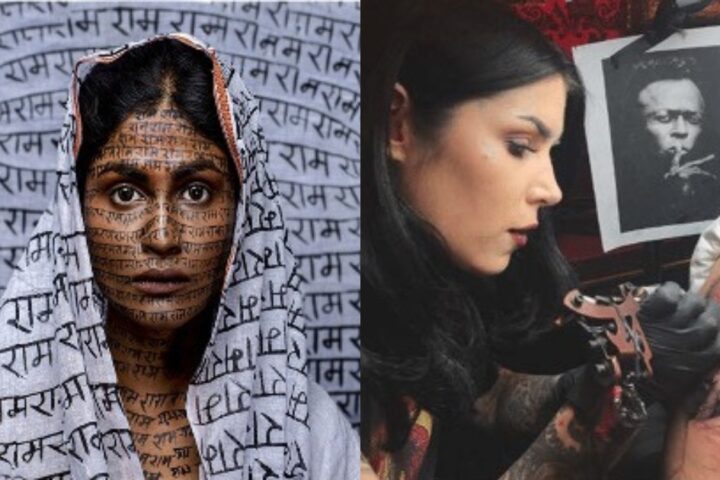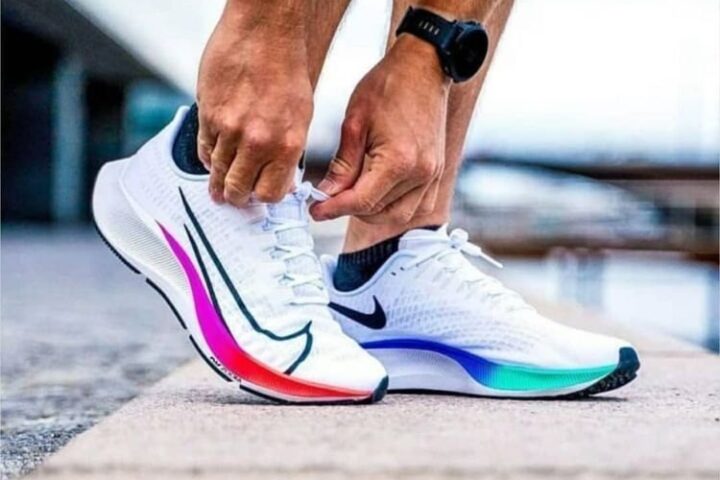A trademark provides legal protection for a word, a symbol, a phrase, a logo, a design or a combination of the goods or services it represents. Five key divisions include types of trademarks for products:
- Fanciful Marks: those that have been invented for the sole purpose of functioning as a trademark and have no meaning other than acting as a mark. These are considered to be the strongest type of mark.
Examples: EXXON, KODAK, and XEROX.

(b) Arbitrary Marks: those that have been created from existing words but have no meaning in relation to the goods or services.
Examples: GAP, NIKE, FOSSIL, and GUESS

(c) Suggestive Marks: those that suggest a quality or characteristic of the goods and services, rather than describing.
Examples: PAC SUN, NORTHFACE, and WRANGLER

(d) Descriptive Marks: those that merely describe the services or goods on which the mark is used. These are often difficult to enforce unless the trademark owner can show that the mark has become distinctive, such as if it is advertised so heavily that secondary meaning can be proven in the mind of consumers.
Examples: AMERICAN APPAREL

(e) Generic Terms: these refer to the common names of the goods or services to which they are applied. They are not capable of acquiring secondary meaning when used in their generic sense, and, thus, are not protectable as trademarks.
Examples: JEAN for jeans.










